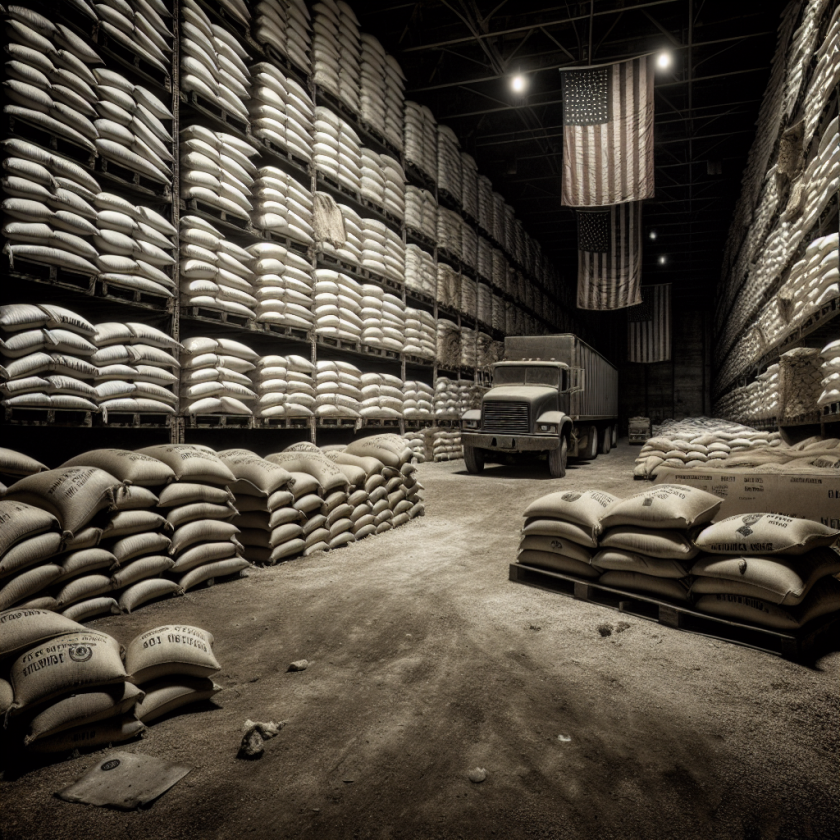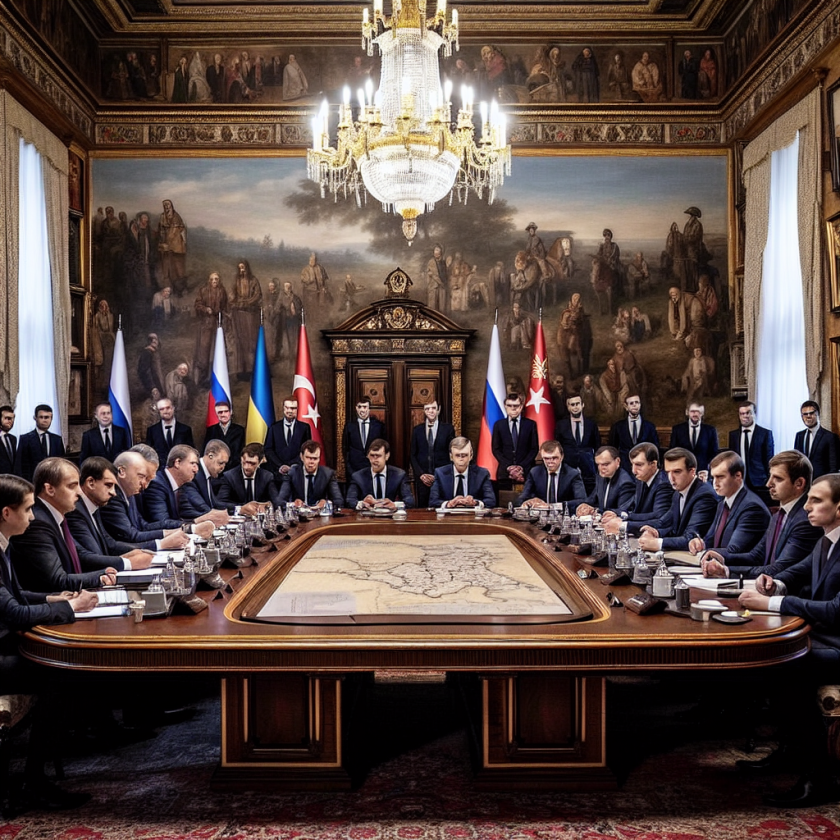How Trump’s “Liberation Day” Tariffs Could Affect India and Their Potential Upside
How Trump’s “Liberation Day” Tariffs Could Affect India and Their Potential Upside
Introduction to “Liberation Day” Tariffs
In a bold move, former President Donald Trump introduced a series of tariffs dubbed “Liberation Day” tariffs, aimed at reshaping global trade dynamics. These tariffs primarily target countries with significant trade surpluses with the United States, including India. The implications of these tariffs are multifaceted, affecting various sectors of the Indian economy.
Impact on Indian Economy
The introduction of these tariffs could have several repercussions for India, both challenging and potentially beneficial:
- Export Challenges: Indian exporters, particularly in sectors like textiles, pharmaceuticals, and IT services, may face increased costs and reduced competitiveness in the U.S. market.
- Supply Chain Adjustments: Indian companies might need to re-evaluate their supply chains to mitigate the impact of higher tariffs.
- Inflationary Pressures: Increased costs of imported goods could lead to inflationary pressures within the Indian economy.
Potential Upsides for India
Despite the challenges, there are potential upsides that India could leverage:
- Boost to Domestic Industries: The tariffs could encourage the growth of domestic industries by reducing reliance on imports.
- Strengthening Regional Trade: India might explore strengthening trade ties with other regional partners to offset the impact of U.S. tariffs.
- Innovation and Diversification: The need to adapt could spur innovation and diversification within Indian industries, leading to long-term growth.
Conclusion
The “Liberation Day” tariffs introduced by Trump present both challenges and opportunities for India. While the immediate impact may strain certain sectors, the potential for domestic growth and regional trade expansion offers a silver lining. India’s ability to adapt and innovate will be crucial in navigating this new trade landscape.







































